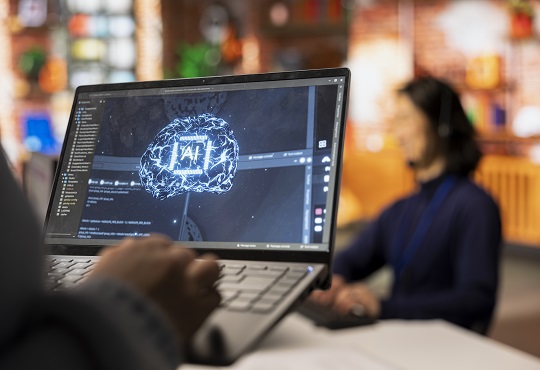Nvidia Unveils Cosmos Reason AI to Help Robots Think, Plan Physically
CIOTech Outlook Team | Tuesday, 12 August 2025, 11:53 IST

- Cosmos Reason AI enables robots to plan and act with human-like understanding.
- It supports data curation, robot reasoning, and video analytics for diverse applications.
- Cosmos Transfer-2 reduces 3D scene creation to one step, boosting AI efficiency.
Nvidia has introduced Cosmos Reason AI, a 7-billion-parameter vision language model (VLM) designed to revolutionize robotics and physical-world AI applications. Unlike other VLMs, such as OpenAI’s CLIP, which excel in object and pattern recognition but struggle with complex tasks, Cosmos Reason integrates prior knowledge, physics understanding, and common sense.
This enables robots to break down intricate commands into manageable tasks, adapt to unfamiliar environments, and make deliberate, methodical decisions, enhancing their efficiency and intelligence.
“By combining AI reasoning with scalable, physically accurate simulation, we’re enabling developers to build tomorrow’s robots and autonomous vehicles that will transform trillions of dollars in industries,” said Rev Lebaredian, Vice President of Omniverse and simulation technologies at Nvidia.
Cosmos Reason supports diverse applications, including data curation and annotation, robot planning and reasoning, and video analytics. For instance, it can automate labeling for large, diverse datasets, serve as the cognitive core for robots by integrating vision, language, and actions, and analyze extensive video data to uncover insights or address challenges.
Also Read: Nvidia Introduces Blackwell GPUs for Enterprise Data Centers
Nvidia’s robotics and DRIVE teams are already leveraging the model for training data filtering and annotation. Companies such as Uber, Magna, VAST Data, Milestone Systems, and Linker Vision are exploring their potential in autonomous vehicles, delivery robots, traffic monitoring, safety enhancements, and industrial inspections. The model is expected to enhance world understanding in vehicles’ trajectory planning systems.
Cosmos Reason was built in conjunction with Cosmos World Foundation Models (WFMs) loaded more than 2 million times by Nvidia and are open to customization. Nvidia also unveiled Cosmos Transfer-2, a next-generation upgrade to its synthetic data platform that reduces the complexity in creating photorealistic 3D scenes either through a simulation or spatial input. The processing time can be cut down to one step with this update, resulting in quick generation through Nvidia RTX PRO servers, thus speeding up the process of AI training and development.




.jpg)